For some theatergoers, an enjoyable performance can become acutely uncomfortable in no time. At least that’s how Jill Escher feels when she goes to see a show.
For many years, Escher, whose 16-year-old daughter has nonverbal autism, has deliberately bought the worst seats in the house. That way, her family can make a quick exit from the theater should her child have a boisterous response to the performance.
“When I go to the ballet, I sit as if I’m in an ice sculpture,” explained Escher, who is also the events chair for Autism Society San Francisco Bay Area. “When you have kids like mine, […] that’s not possible.
“There’s a lot of stress involved, because my daughter will move around in her seat a lot,” Escher elaborated. “She might vocalize. She might spontaneously jump up when she’s excited. She might spontaneously clap. […] And those are no-nos, according to normal etiquette of attending a show.”
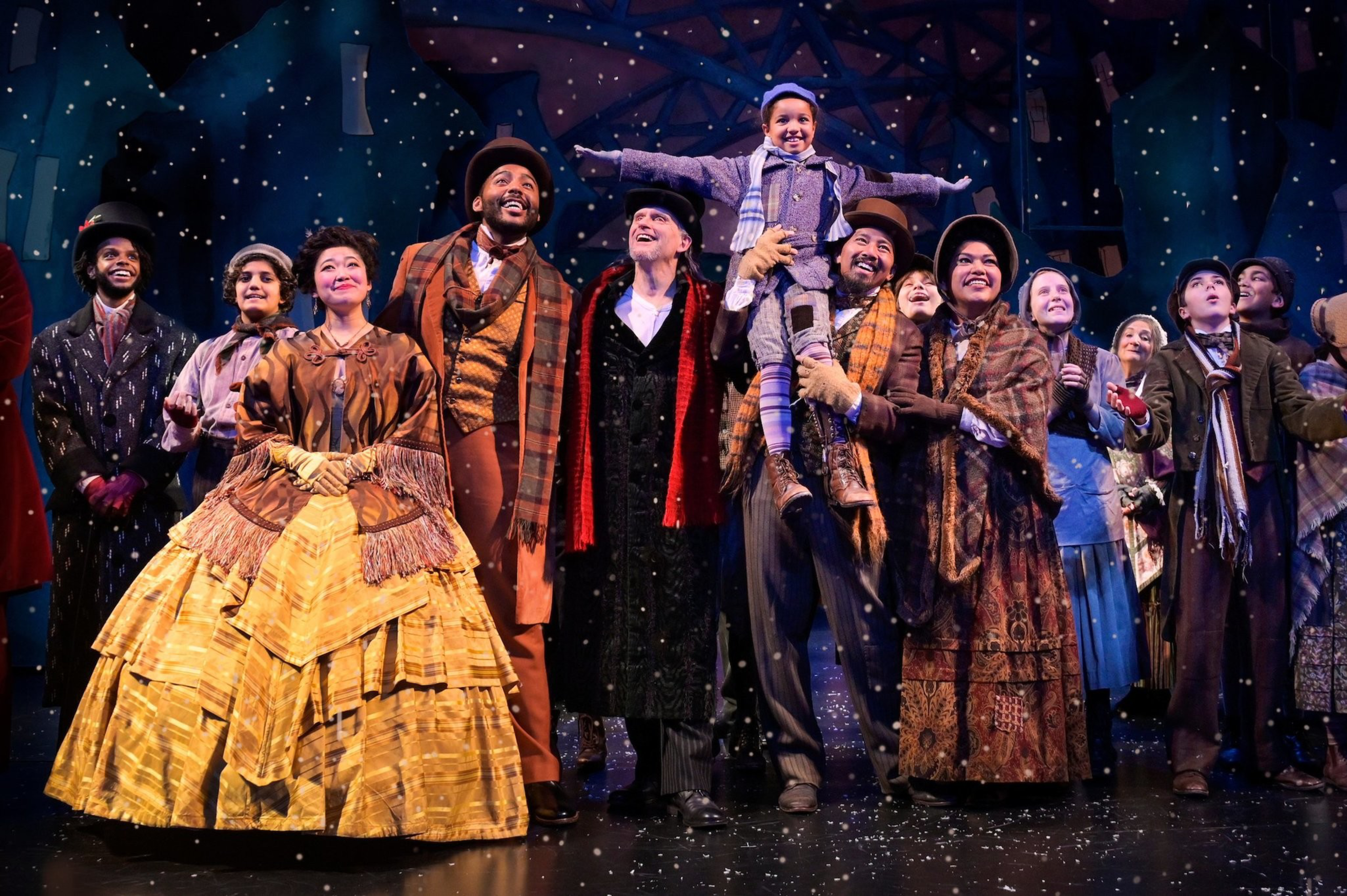
For audience members with autism, developmental disabilities or other sensory sensitivities—as well as for their families—conventional theater etiquette can be limiting and stressful.
But performance groups across the Bay Area—including two major San Francisco performing arts institutions—have used the cluster of kid-friendly shows around the holiday season as a vehicle to create a more inclusive theatergoing experience that’s more enjoyable for neurodiverse audience members and their caretakers.
This December, the American Conservatory Theater (A.C.T.) will hold its first “sensory-friendly” performance of A Christmas Carol, and over at the stately War Memorial Opera House, San Francisco Ballet will present its first-ever sensory-friendly performance of Nutcracker.
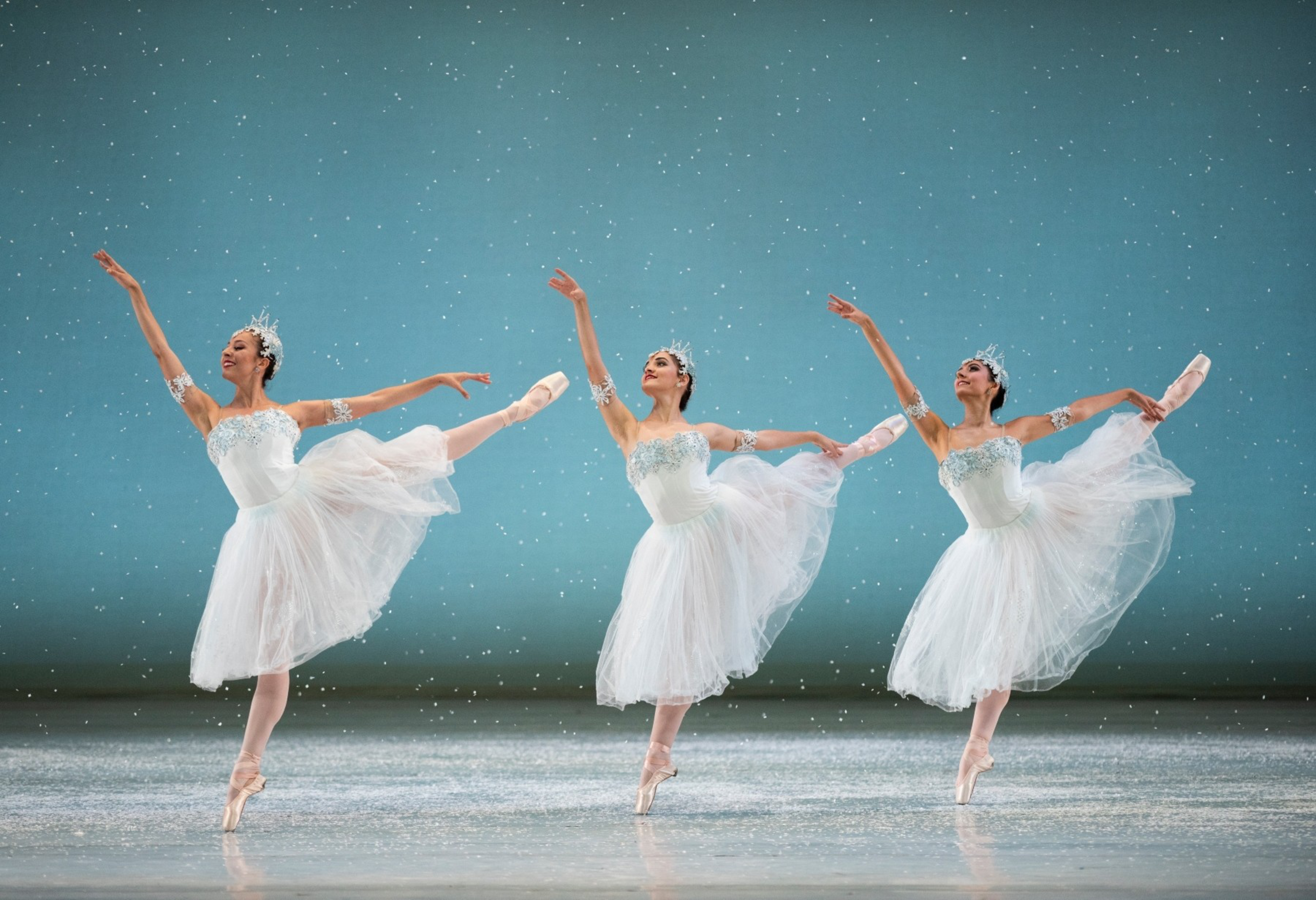
At these performances, audience behavior expectations will be relaxed so that attendees can wiggle in and around their seats or make vocalizations without fear of being shushed or shamed. Loud sounds and bright lights will be toned down or modified; house lights will remain low but not off. And it’s OK to leave the auditorium or hang out in a quiet space whenever you need.
Theater Development Fund has presented autism-friendly Broadway shows since 2011, but SF Ballet and A.C.T. now join several other Bay Area performing arts groups in offering performance experiences with more relaxed theater etiquette rules.
This version of San Francisco Ballet’s Nutcracker is the culmination of years of working with advocacy groups like Autism Society San Francisco Bay Area. Starting with a sensory-friendly Nutcracker workshop in 2015, the company decided to leap forward with a full-on sensory-friendly show, a dance-along performance on Dec. 18 (opens in new tab).

“We really thought at San Francisco Ballet, if we can bring back a relaxed dress rehearsal, that’s great. But if we could bring, for the first time in San Francisco Ballet’s 90 years, a sensory-friendly performance, Nutcracker would be the right one to choose,” said Jasmine Yep Huynh, associate director of education at SF Ballet.
The Dec. 21 performance will allow the use of fidget objects and noise-reducing headphones. There will be quiet zones on every level of the auditorium so audience members can take a break or watch a livestream without having to leave the theater completely. Ambassadors will be posted throughout the building to offer assistance, and the lobby will host activities and tactile sensory tables where attendees can experience the props, costumes and pointe shoes of the show. SF Ballet will also distribute “social story” guides in advance and on-site, to help neurodiverse audiences and their caretakers navigate the theater and prepare for surprising moments in the show.
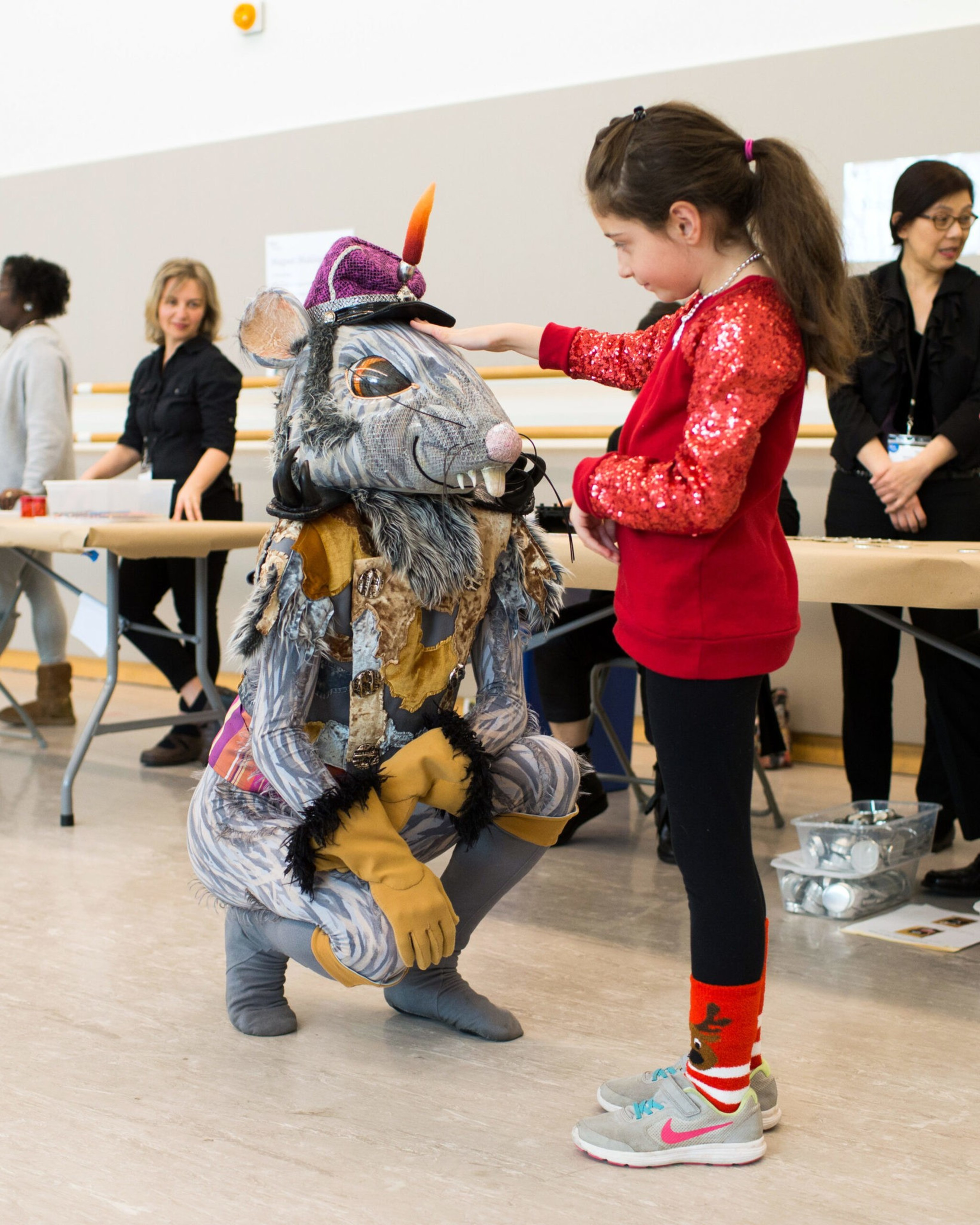
During the pivotal battle between the Nutcracker Prince and Mouse King, the famous cannon won’t go boom, but aside from a few technical modifications, the performance will largely remain the same.
“We really hope that it becomes a fun and inclusive judgment-free environment, where audience members can really enjoy the holiday magic of The Nutcracker,” Huynh said, adding that the show is also great for small children and first-time Nutcracker attendees as well. “We want audience members to leave feeling that the performing arts [are] for them.”
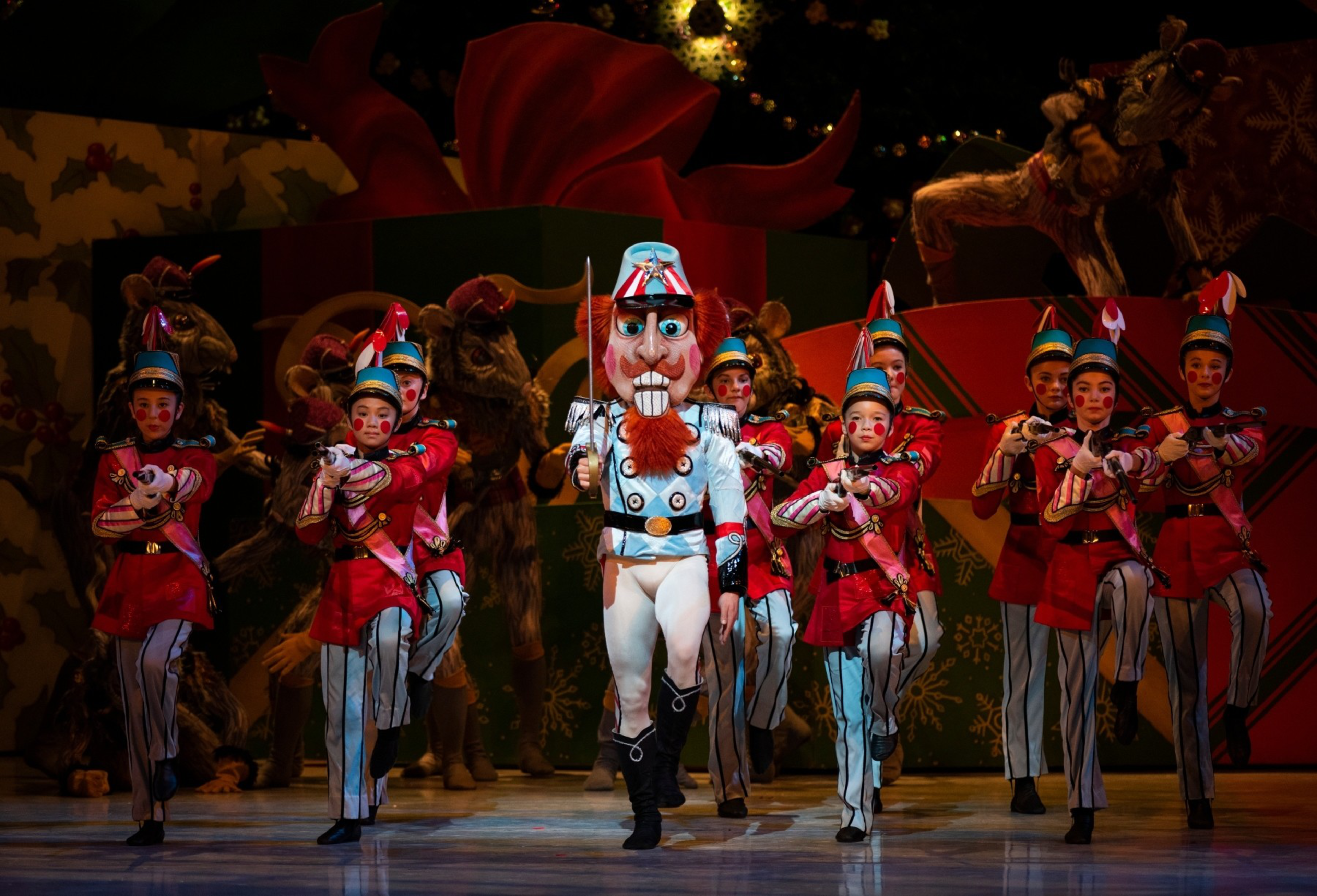
For the Dec. 15 preview (opens in new tab) of its own production of Nutcracker, San Jose’s New Ballet won’t alter any technical elements of light or sound. But instead of packing the 1,100-seat theater, the dance company opens the venue up to a few hundred people with no assigned seating, so that audience members can feel comfortable moving around and vocalizing in a less-crowded environment.
“It’s a place where they can really enjoy the show with their families and on their own terms,” said Dalia Rawson, New Ballet’s artistic and executive director.
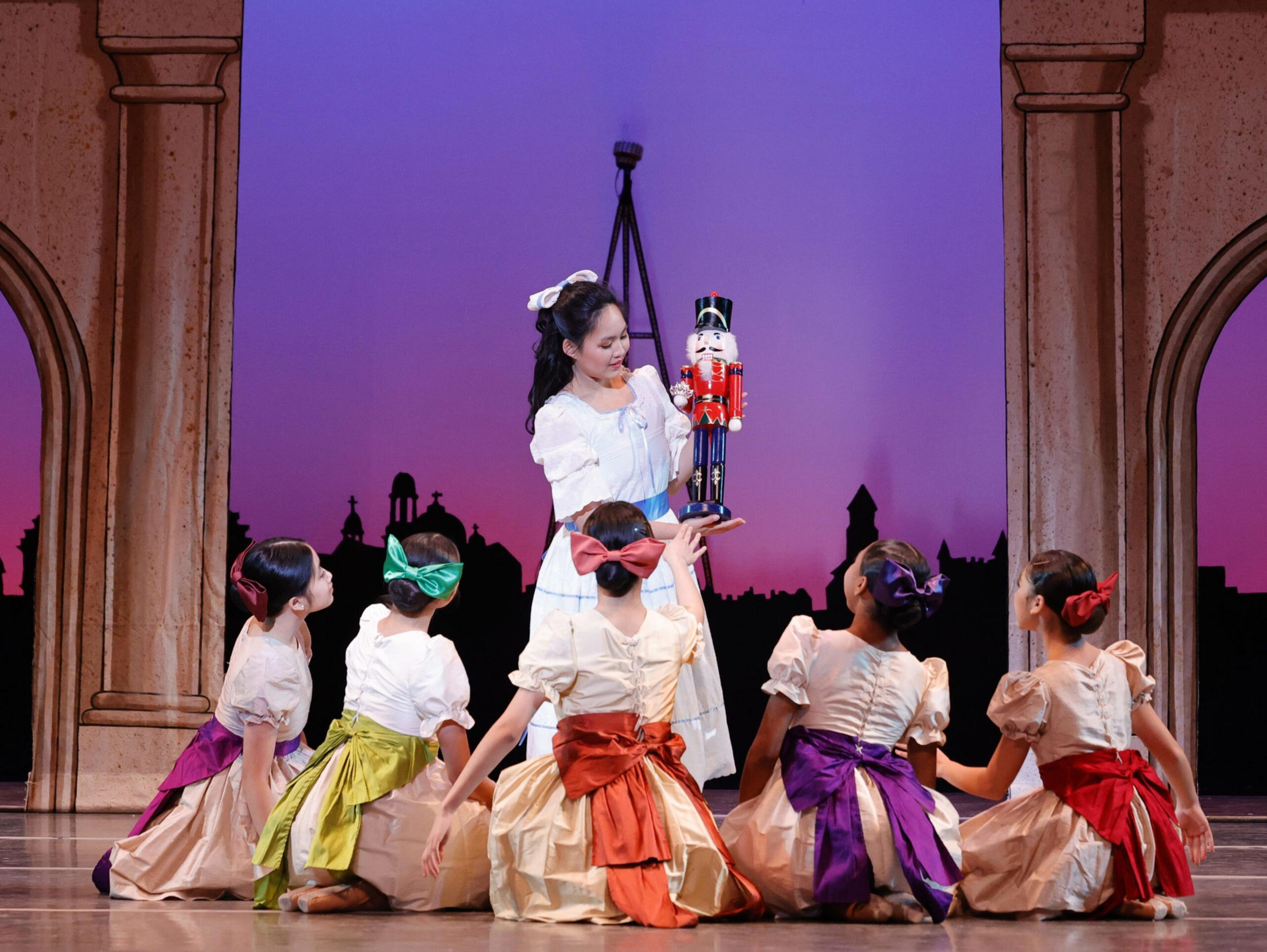
New Ballet has also used its Nutcracker to collaborate with dance groups that specialize in providing dance training and performance opportunities to people with developmental disabilities since 2016. This year, New Ballet’s last 2022 Nutcracker performance on Dec. 18 (opens in new tab) will feature an opening act by the “all abilities” dance group Latizmo Hip Hop Productions, which helps people with developmental disabilities express themselves (opens in new tab).
“These are true artists who are adding to our cultural conversation, and I love having those families in the audience with us as well as being part of their performances,” added Rawson. “There’s often tears in the eyes of my dancers because the performance from Latizmo Hip Hop Productions is so moving and so heartfelt. And we consider it really part of our holiday tradition to share that.”
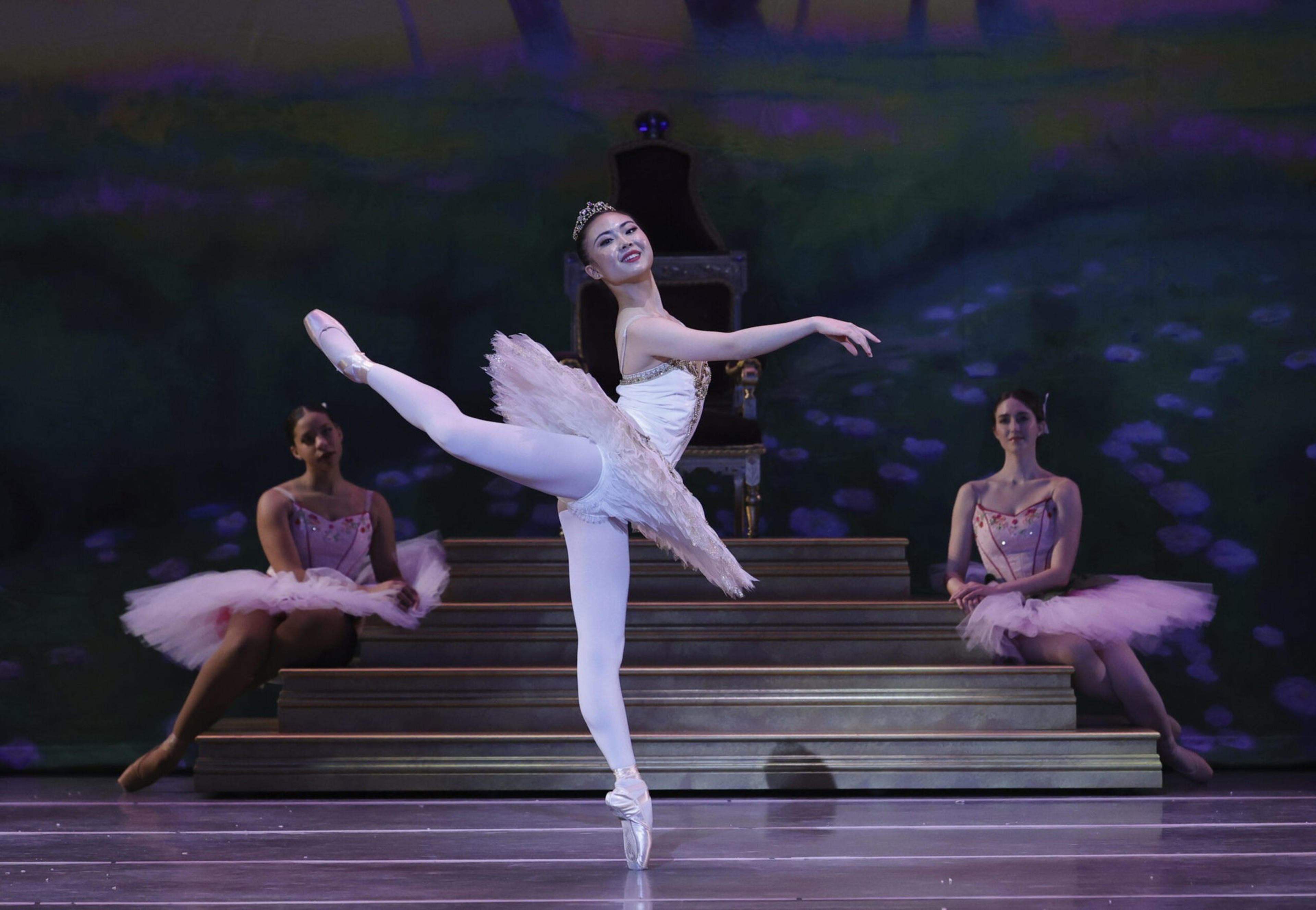
Adaptations of the fairy-filled ballet fantasia have proven to be a popular vehicle for expanding theatrical audiences. Both San Mateo’s Peninsula Ballet Theatre (opens in new tab), which has offered a sensory-friendly Nutcracker dress rehearsal since 2016, and Antioch’s Black Diamond Ballet (opens in new tab) will present sensory-friendly Nutcrackers of their own this year as well.
Then, on Dec. 18, A.C.T. presents its first sensory-friendly performance of A Christmas Carol. For this show, A.C.T. worked with teaching artist Lauren Kivowitz, the founder of Inclusive Arts, to prepare the company’s front-of-house staff and performers for a sensory-friendly show.
From training ushers on how to assist overwhelmed patrons to helping actors find ways to ground themselves if they hear distracting noises from the audience, Kivowitz went over many scenarios and strategies. She encouraged actors to tap into mindfulness exercises like deep breathing, focusing on their scene partner or the feeling of their costume on themselves.
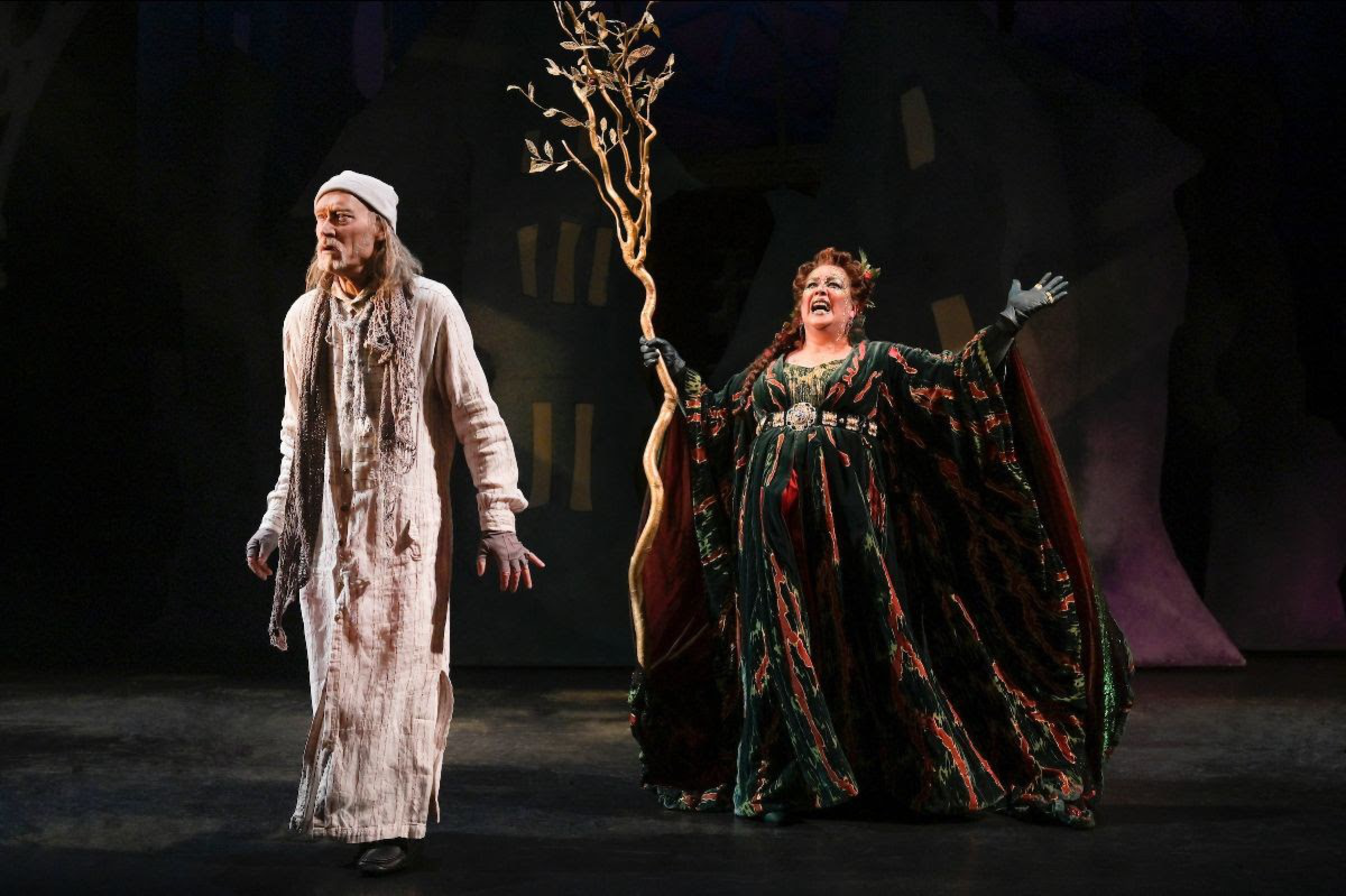
“We’re just reminding everybody that engagement always looks different on everybody,” Kivowitz said. “And in this particular performance, it just might be presenting itself in a more obvious way than they’re used to. But every audience member engages with the show differently.”
A.C.T. also put together preparatory materials on how to get to the theater and navigate the seats, along with a downloadable (opens in new tab) “social narrative” that goes over plot points and gives a heads-up on light and sound elements that might be sensory triggers. Like at SF Ballet’s sensory-friendly The Nutcracker, audiences members won’t be shushed or shamed for making noise or moving around at A Christmas Carol, but A.C.T. will have designated movement zones in the theater as well as a “sensory break zone” lounge with bean bag chairs, fidget toys and a monitor where audience members can take a pause if needed.
The theater has also softened harsh lighting changes, reduced big flashes and will take the audio down a notch at certain points in the show. Most notably, according to Meg Murray, A.C.T.’s audiences services manager, this performance dials back the fog machine.
“Normally A Christmas Carol operates with a fair amount of theatrical haze or smoke that we use. That’s not going to be in play,” Murray said. “We really want people to feel like this is the space that they can come and have a theatrical experience and feel welcome and warm and like they’re among friends.”
For Vin Seaman, interdisciplinary performance artist and director of Diamond Wave consulting and production, sensory-friendly performances in the Bay Area are long overdue. Still, they’re glad to see this type of show gain traction after decades of disability activism. (opens in new tab) For instance, Seaman would like to see theatrical venues reconsider gender labeling for bathrooms so that nonbinary folks can feel comfortable using the restroom of their choosing or offer ASL interpretation at more performances so that people with hearing challenges can see shows day of and not just on certain days.
“I feel like there’s so much more work to be done,” Seaman said. “So how are we centralizing the needs of those people who are usually on the margins, on the fringe and not thought about? […] What happens if you start paying people to look at your marketing materials to make sure that they’re accessible to everyone?”
Ultimately, Kivowitz hopes that sensory-friendly performances like A.C.T.’s A Christmas Carol and SF Ballet’s Nutcracker lay the groundwork for bringing universal design (opens in new tab) to the center of theater-making and creating performance experiences that are more inclusive for everyone.
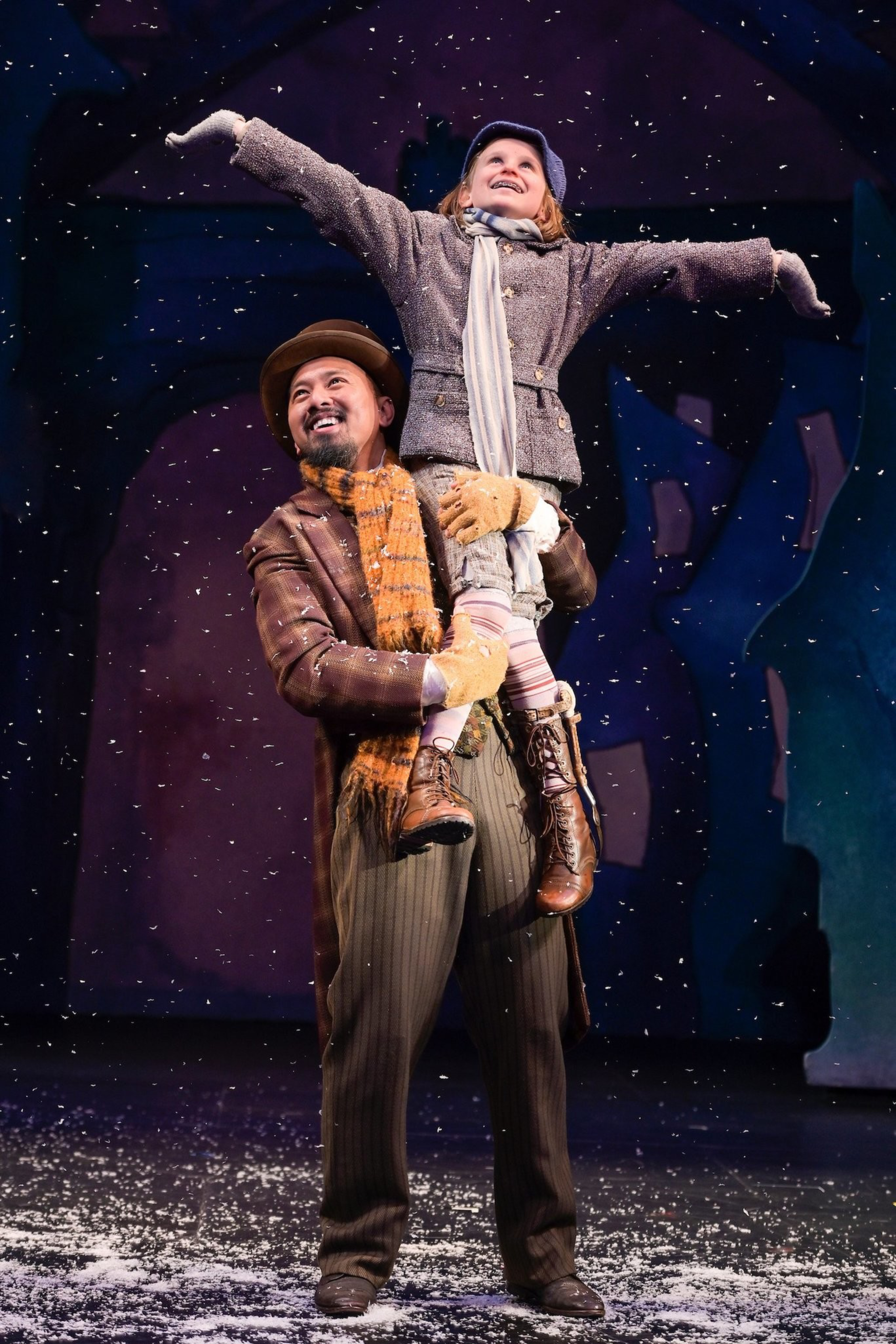
“I think sensory-friendly performances are a really exciting and important first step,” Kivowitz said. “A lot of the accommodations and a lot of the support that we’re building into this experience can benefit so many groups of people, including folks who don’t identify as having a disability at all. […] I do think that it’s paving the way for a lot more exciting moments and reflections on what does it mean to be inclusive and what does it mean to be creating access.”
For Escher, San Francisco Ballet’s sensory-friendly The Nutcracker is a positive first step for kids like hers to see sugar plums, snowflakes and more dance before their eyes.
“Really, this has been an incredible kind of democratization of ballet,” Escher said.
